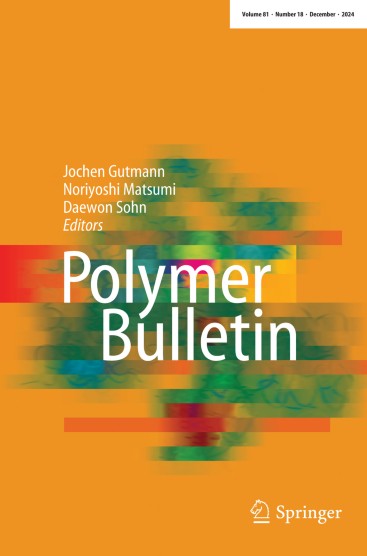Development of polyaniline-tin oxide (PAni-SnO2) as binary photocatalyst for toxic pollutant removal
Abstract
Azo dyes are commonly used as a coloring agent in the textile industry to beautify the textile products. However, due to the non-biodegradable and toxic nature of azo dyes, it is imperative to degrade the toxic dye in the textile effluent in order to prevent it from penetrating the aquatic ecosystem and causing environmental pollution. For this purpose, binary photocatalysts of polyaniline—tin oxide (PAni-SnO2) with different weight percent of SnO2 were synthesized using template-free method. The chemical structures and oxidation states of the photocatalysts were confirmed by Fourier transform infrared (FTIR) and ultra-violet visible (UV–Vis) spectroscopies, respectively. The existence of SnO2 was characterized by X-ray diffraction (XRD) analysis, while morphology of the photocatalysts was investigated by field emission scanning electron microsocopy (FESEM). Electrical conductivities of PAni-SnO2 binary photocatalysts were measured by conductivity meter showing conductivity range of 6.55 × 10–6–2.66 × 10–3 S cm−1. The photodegradation performance of PAni-SnO2 binary phorocatalysts for toxic RB5 azo dye was in the range of 30.26–72.94% in which PAni-SnO2(10%) demonstrates the highest photodegradation performance of 72.94%. This can be explained by its high surface area nanorods and nanotubes morphology that promotes electron conductivity (2.66 × 10–3 S cm−1) and for better RB5 adsorption. Also, its low band gap (1.98 eV) enabling easy excitation of electrons to form electron–hole pairs and low electron-pair recombination rate (low PL emission intensity of 7.29 × 103 a.u.) are the other factors that contribute to its excellent photodegradation performance.
Graphical abstract

 求助内容:
求助内容: 应助结果提醒方式:
应助结果提醒方式:


